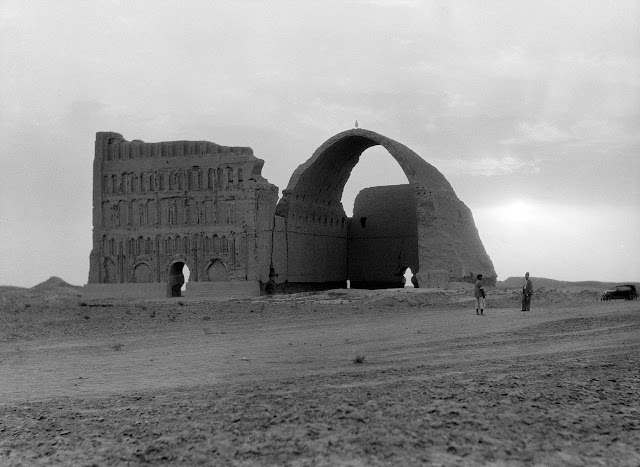Semuc
Champey, consists of natural 300 m limestone bridge, a natural monument
in the department of Alta Verapaz, Guatemala near the Q’echi’ Maya town
of Lanquin. The Cahabon River passes under the bridge, and atop of
bridge a series of stepped, turquoise pools. Semuc Champey, which in the
language of the Maya means “sacred water,” and another name for it
might well be heaven. Semuc Champey is a natural wonder tucked away in
the mountains of an isolated jungle in Guatemala where the harder rock
on the surface has held strong while the river eroded the softer rock
beneath.
It’s
a famous swimming place among visitors and getting more popular as the
time passes. The pools naturally created by Cahabon River which
turquoise color and Muddy River runs beneath them and out the bottom of a
larger waterfall on the other end. The pools water is so clear, as it
is rain water and river may flood over the pools as well. The natural
limestone bridge & turquoise blue pools of Semuc Champey had
revealed themselves where you can get a great view of the scenery around
you. The Cahabòn River water color is incredible a strong bright
turquoise blue that sharply stands out from the surrounding green
jungle.
So,
you should be very careful to get close to the edge, as few people have
fallen in here before, never to be found again. Due to this sad
incident, the park has hired a guy who stands near the hole and warn you
with whistle not go to edges. Make sure to dip into pools, some areas
are deep enough to dive into from high points on the limestone shelf.
The limestone's have small caves too, and you can swim and enjoy into
them and explore from underneath a waterfall. There’s slight sunlight
outside reflecting from the bright blue water to give you beautiful
view.
This
is the perfect place which had inspired visitor’s quest, a source of
fascination and trepidation and it looks like Mother Nature’s amusement
park. In spite of staggering beauty the place is so cut off but most
extraordinary spot you’d have ever seen. A tangle of greenery with
lovely parrots in the trees, monkeys, an underground river, miles of
stalactite-and-stalagmite-filled caves orchids in the trees, butterflies
fluttering: if there was an Eden on earth this might be it.



















































